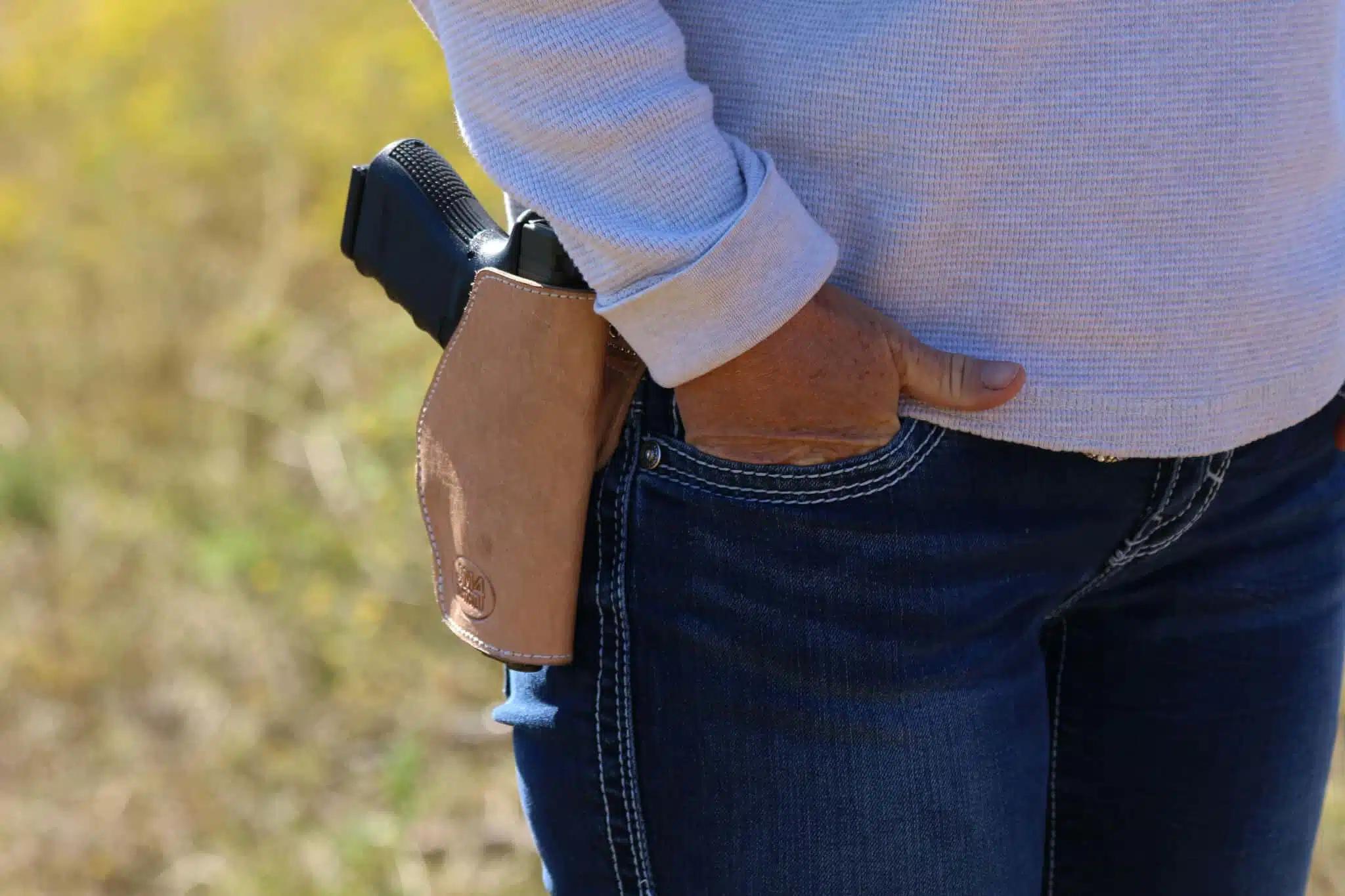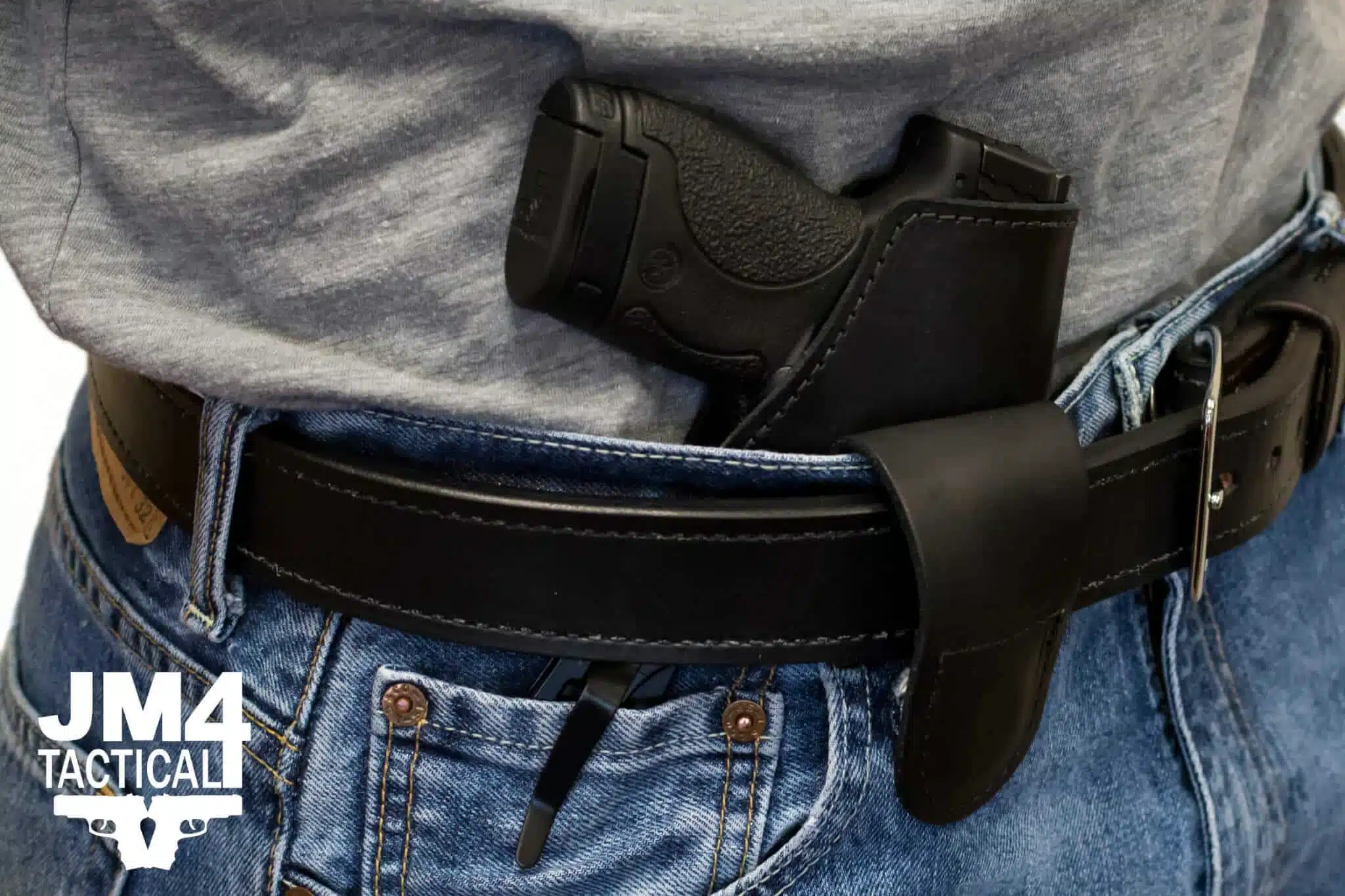And Then There Were None

And Then There Were None – Previously I talked about a challenge filed in New York City seeking to overturn the city’s ban on electric weapons. The 2008 Heller decision has paved the way for several unconstitutional provisions to be struck from the laws we have on the books, and this was highlighted in the 2016 Caetano remand. In the orders to the lower court, it was made clear that just because a weapon was not around or imagined at the time of the founding, it does not mean it’s not a constitutionally protected arm. Rhode Island was the final holdout state that gripped to their ban on these weapons like a drowning victim clutches a living.
On March 15, 2022, an order was given in O’Neil Neronha. The 33-page document chronicles the precedent that the court was bound to follow. Regardless of random little jabs offered by the judge in the opinion, this was a big win for the Second Amendment as a whole, as we’re left with no states that prohibit the possession of stun guns and tasers. The judge’s acquiescence shouldn’t underwhelm the factual, and as always, brilliant arguments brought by attorneys Alan Beck and Stephen Stamboulieh in their takedown of Little Rhody’s freedom limiting law.
The opinion did lean on a couple of tests that were outlined in the text. From the Miller v. Bonta opinion in California, the threshold to meet was quoted in the opinion:
“The correct starting orientation is that no arm may be prohibited. Suppose a plaintiff challenges the government’s prohibition. In that case, it is on the government first to prove the banned arm is dangerous and unusual, and if not that it is not commonly possessed, or not commonly possessed by law-abiding citizens, or not commonly possessed for lawful purposes or militia readiness.”
This goes with what was stated in Curiamo “As the per curiam opinion recognizes, this is a conjunctive test: A weapon may not be banned unless it is both dangerous and unusual.”
For a weapon to not be covered by some level of constitutional protection, the device must be both dangerous AND unusual, as
well as not being commonly possessed. Electric arms such as stun guns and tasers can be considered dangerous, but are they unusual? No, they’re not. Arguably they’re not dangerous enough to fit the bill, especially when comparing them to conventional firearms or bladed
weapons. They are also commonly possessed in 49 other states of the Union.
The best description of dangerous and unusual, and not in common use, that a fellow Second Amendment supporter and I came up with when in conversation was depleted uranium bullets or perhaps nuclear weapons. It will take a lot for many who respect this right to find weapons to be unusual. There’s nothing unusual about a machine gun or short-barreled shotgun. They’re only not in common use because of governmental overreach. This is a battle for another day.
District Judge William E. Smith was sure to put other citations questioning the dangerous and unusual test parameters in footnotes even though he did clearly embrace the case law we have throughout the country.
How the “dangerous and unusual” test fits within the common use factor remains unclear. See Kolbe v. Hogan, 849 F.3d 114, 135–36 (4th Cir. 2017) (listing several questions raised in light of Heller, including “Is not being ‘in common use at the time’ the same as being ‘dangerous and unusual?”, but holding that the court need not answer those questions).
Certainly, this is not to say that such weapons are not at all dangerous. See Avitabile v. Beach, 368 F. Supp. 3d 404, 419 (N.D.N.Y. 2019) (noting that “stun guns are not children’s toys, and might be dangerous in the wrong hands”). “But as Heller and its progeny make clear, state a class of arms entitled to Second Amendment protection might be dangerous in the wrong hands (e.g., handguns) does not necessarily justify their blanket ban in all settings.” Id.
Just prior to the conclusion, while discussing scrutiny, the order laid down the scepter of control, reasoning why the infringement on electronic weapon possession did not cut muster. The S essentially had nothing to bring to the table other than to say, “They’re bad, and we don’t like them.”
“Therefore, while the Court is mindful that it should “cede some degree of deference” to the General Assembly about “how best to regulate the possession and use of the proscribed weapons,” see Worman, 922 F.3d at 41, the deference is not unlimited. See Maloney, 351 F. Supp. 3d at 239 (holding a ban of nunchaku unconstitutional under intermediate scrutiny where the record lacked evidence of nunchaku-related crime and the state “offered virtually no evidence supporting a public safety rational for a total ban (as opposed to lesser restrictions) on the possession and use” of the weapon). In the absence of virtually any evidence to support the State’s claim of its interests, a complete ban on stun guns cannot survive a Second Amendment challenge. The total ban of stun guns contained in R.I. Gen. Laws § 11-47-42(a)(1) clearly lacks the required “substantial” fit between the asserted governmental interest and the means chosen to advance those interests, and accordingly, violates the Second Amendment.”
Putting the final nail in the coffin of electric arms prohibition throughout all the States, the order makes it clear, “The prohibition against the possession and use of stun guns outlined in §11-47-42(a) is an unconstitutional restriction of the right to bear arms under the Second Amendment in light of Heller.”
I reached out to attorney Alan Beck about this monumental accomplishment. The Beck-Stamboulieh team has been systematically, nearly single-handedly, worked at tearing down every single statute in the country that regulates these weapons. Beck had the following commentary to offer me:
“I am very happy that my clients now have a less than lethal self-defense option and that the court joined the weight of authority in finding electric arms cannot be banned.”
A hearty congratulations to Beck, Stamboulieh, the residents of Rhode Island, and citizens at large on having liberties returned. Thankfully, we have patriots in this country who are willing to stick their necks out and fight for what’s right when dismantling every infringement on the Second Amendment.
Stay safe out there, and think before you do!
John Petrolino is a US Merchant Marine
Officer, writer, author of“Decoding Firearms: An Easy to Read Guide on General Gun
Safety & Use” and USCCA certified instructor, NRA certified
pistol, rifle, and shotgun instructor living under and working to change New
Jersey’s draconian and unconstitutional gun laws. You can find him on the web
atwww.thepenpatriot.com
on Twitter at@johnpetrolino
on Facebook athttps://www.facebook.com/thepenpatriot/
and on Instagram@jpetrolinoiii










